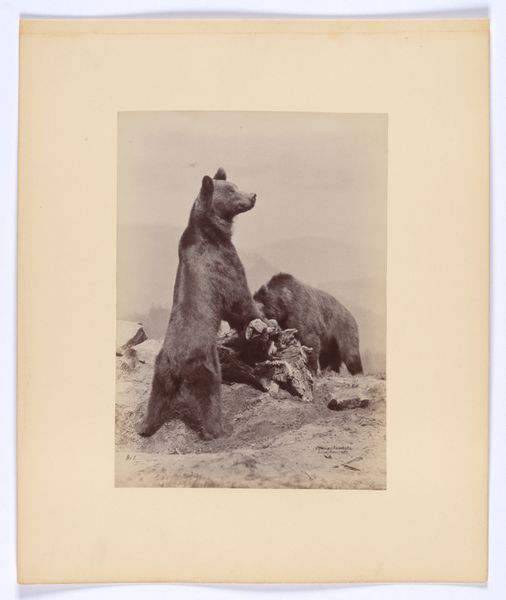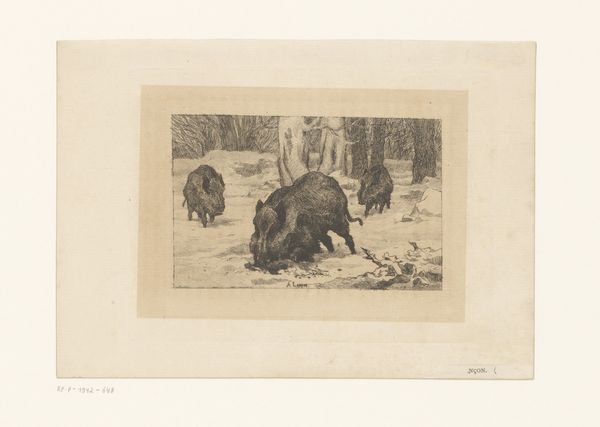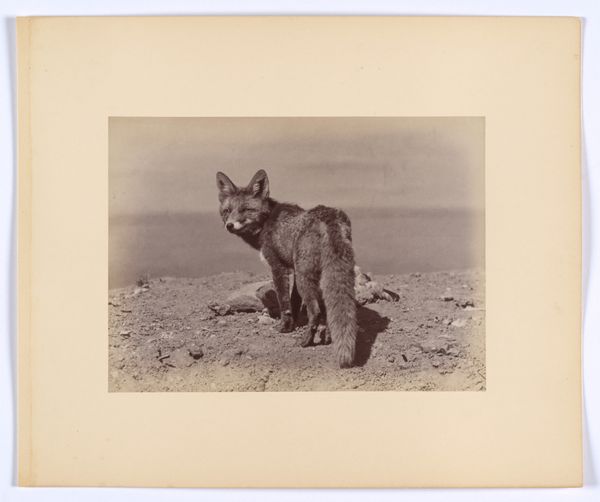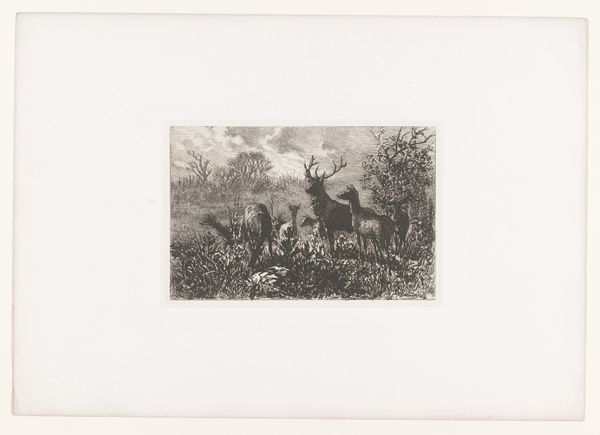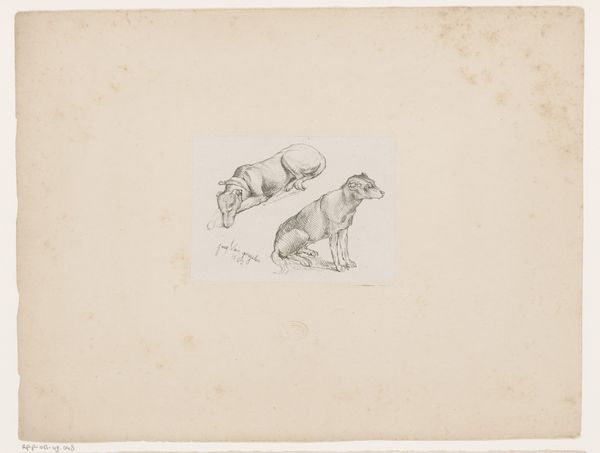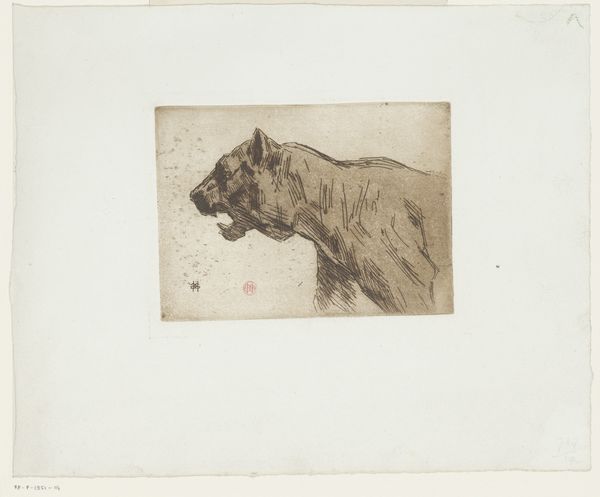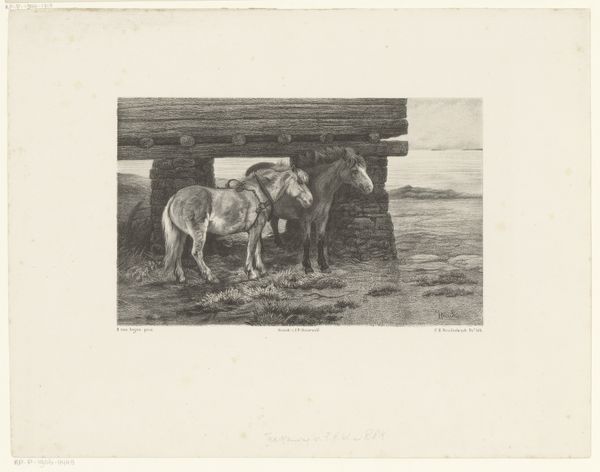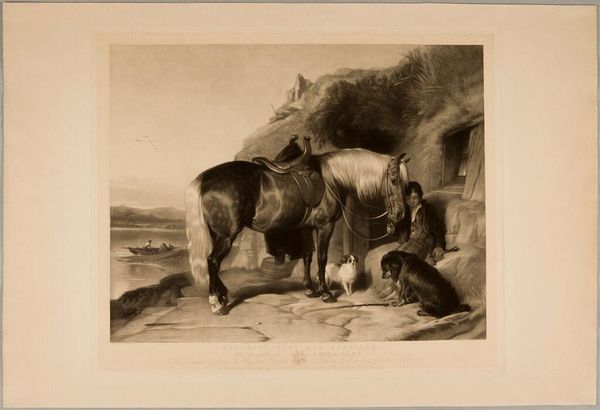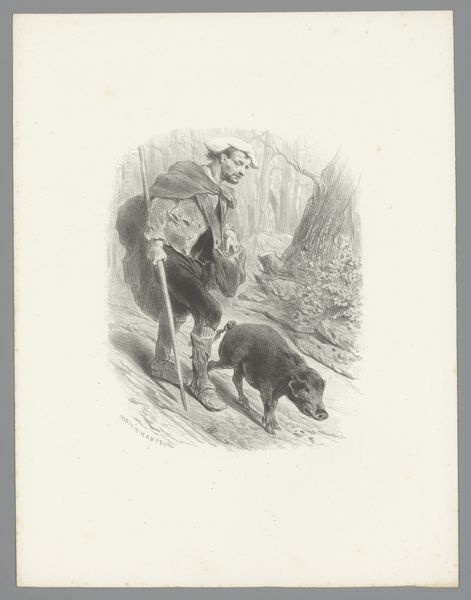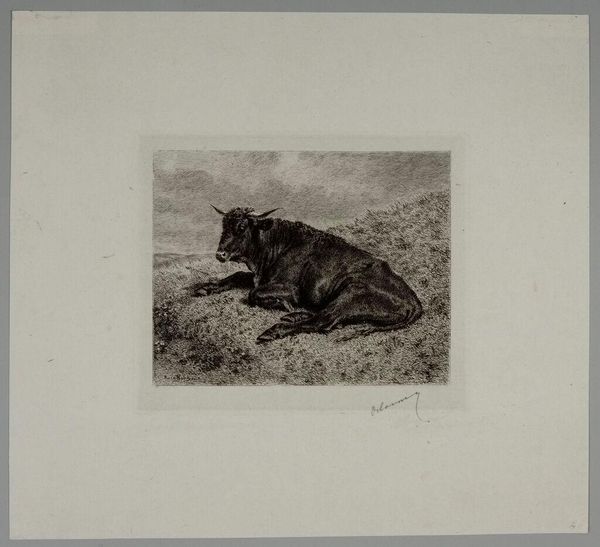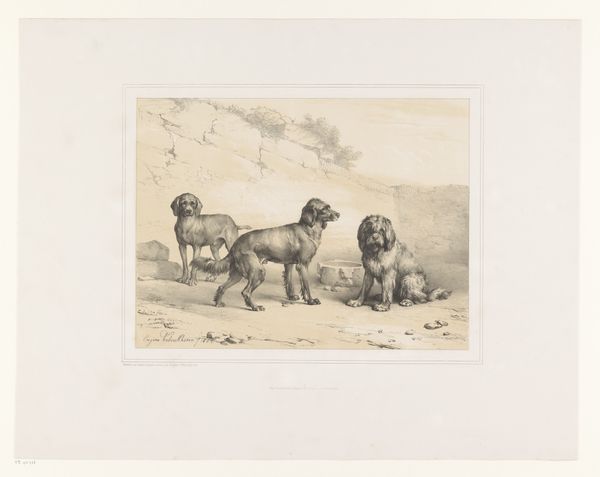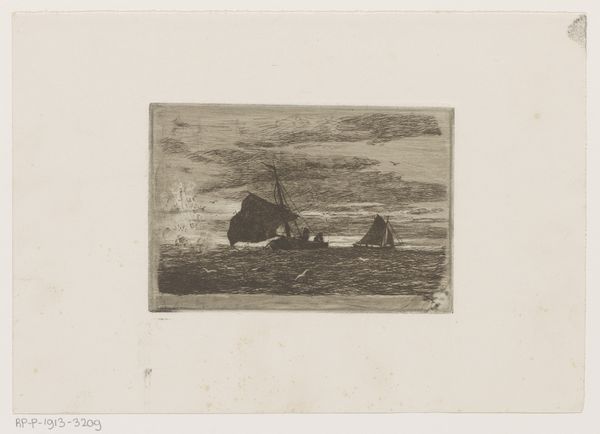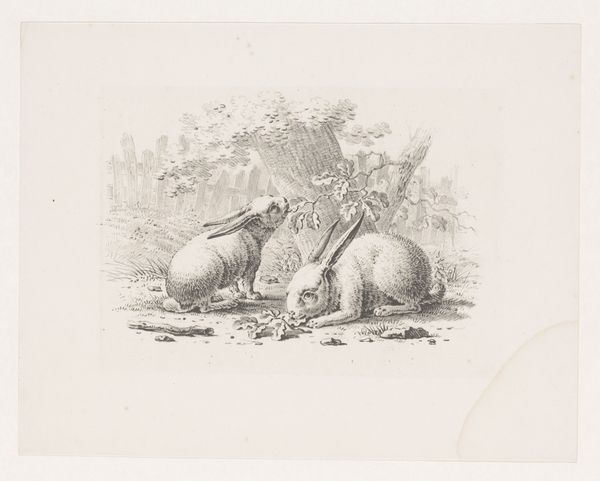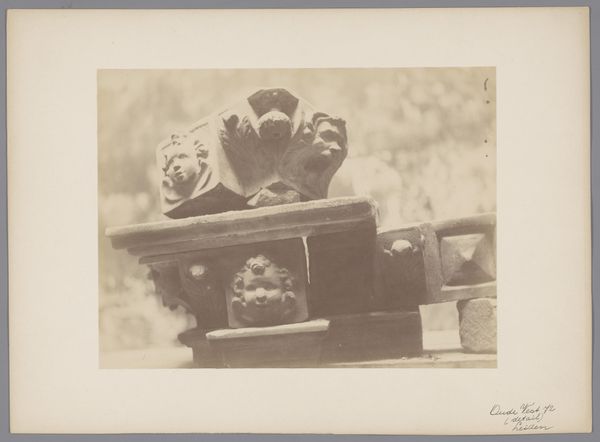![[Two Bears] by Ottomar Anschütz](/_next/image?url=https%3A%2F%2Fd2w8kbdekdi1gv.cloudfront.net%2FeyJidWNrZXQiOiAiYXJ0ZXJhLWltYWdlcy1idWNrZXQiLCAia2V5IjogImFydHdvcmtzLzk3ZDZlNGJhLTQzZjMtNGNkMS1hN2JlLWJjODk2OGEzMzZiNy85N2Q2ZTRiYS00M2YzLTRjZDEtYTdiZS1iYzg5NjhhMzM2YjdfZnVsbC5qcGciLCAiZWRpdHMiOiB7InJlc2l6ZSI6IHsid2lkdGgiOiAxOTIwLCAiaGVpZ2h0IjogMTkyMCwgImZpdCI6ICJpbnNpZGUifX19&w=3840&q=75)
photography, gelatin-silver-print
#
portrait
#
photo of handprinted image
#
still-life-photography
#
toned paper
#
natural tone
#
landscape
#
photography
#
gelatin-silver-print
#
realism
Dimensions: Image: 14.8 × 20.4 cm (5 13/16 × 8 1/16 in.) Mount: 25.4 × 30.4 cm (10 × 11 15/16 in.)
Copyright: Public Domain
Editor: Here we have Ottomar Anschütz's gelatin-silver print, *[Two Bears]*, dating back to 1889. There’s a stillness and formality that I find quite striking. The bears almost look like statues, but caught mid-pose. What's your read on this piece? Curator: The rigidity you observe in the bears’ pose speaks to a critical point in photographic history. During Anschütz's time, photography was striving for legitimacy as an art form, emulating painting and sculpture in terms of composition and subject matter. We see animals—bears—represented almost as idealized forms. Given its time, how might this photograph engage with late 19th-century scientific ideas around taxonomy and the visual display of nature? Editor: That's interesting. So, instead of just seeing bears, the public is seeing science? And if the pose emulates sculpture or painting, it seems less about realism than creating a sort of archetype, an example of “bearness”, right? Curator: Exactly. Anschütz gives us an image intended not just to record but to present and perform certain cultural ideals, using cutting-edge photographic technology to depict animal "types" and "landscapes" that appealed to bourgeois European audiences. Also consider how such photographs could be used in colonial contexts to signify ownership, control, and power. What do you think that tells us about museums acquiring it? Editor: It definitely makes me think about how photographs helped to classify the natural world, contributing to certain world views. I hadn’t thought of the photograph as a museum object implicated in a power dynamic, before, but that shifts my entire perspective. Curator: Precisely! Considering the historical and institutional context allows us to unpack the complex ways in which photographs have shaped how we see and understand the world around us. It’s a powerful realization, isn’t it?
Comments
No comments
Be the first to comment and join the conversation on the ultimate creative platform.
